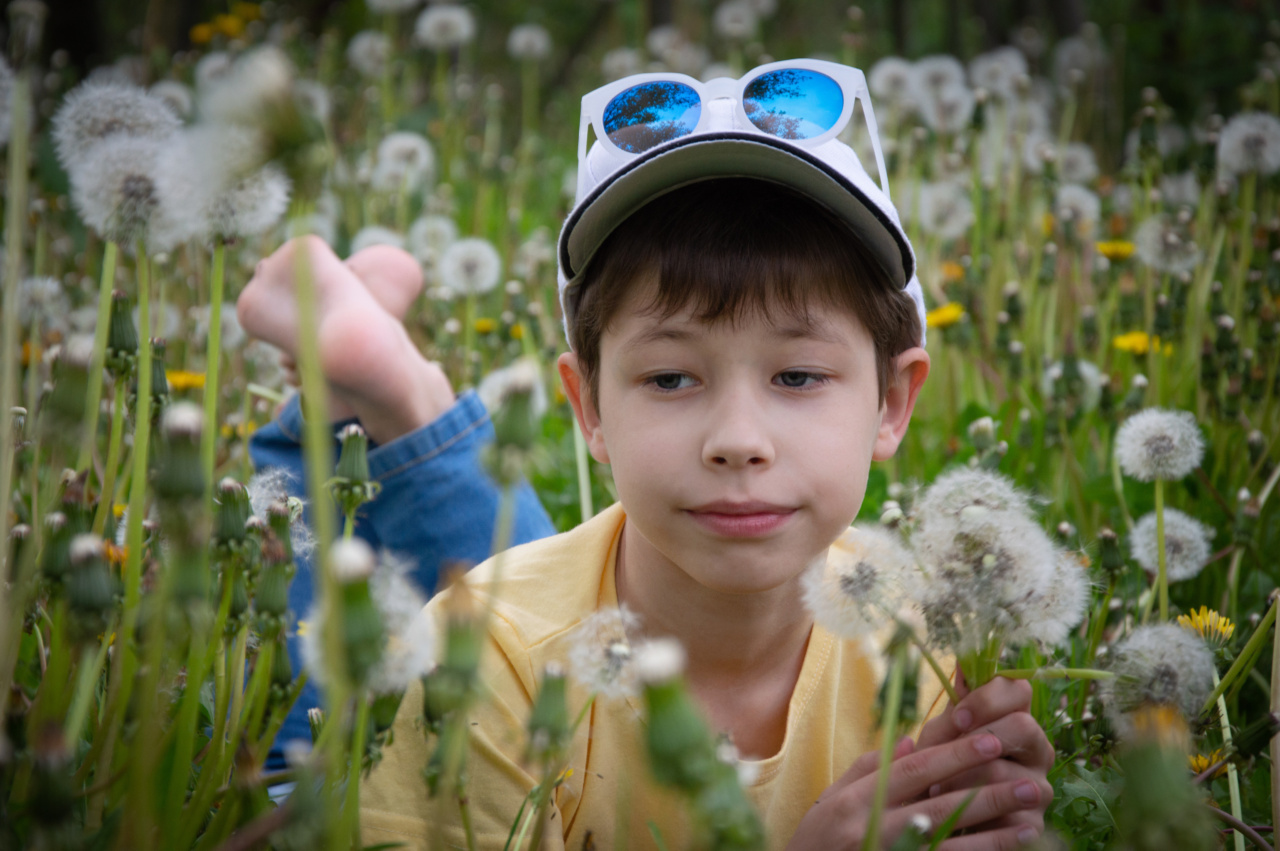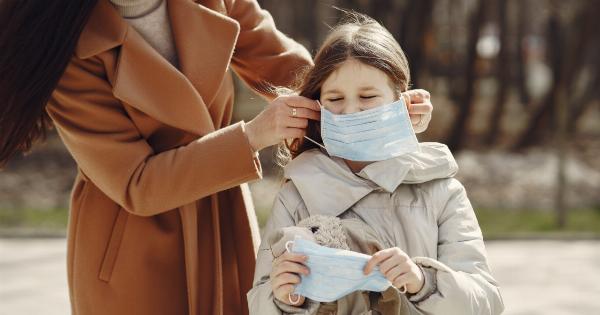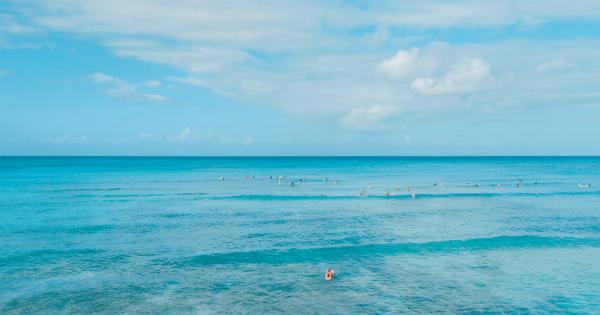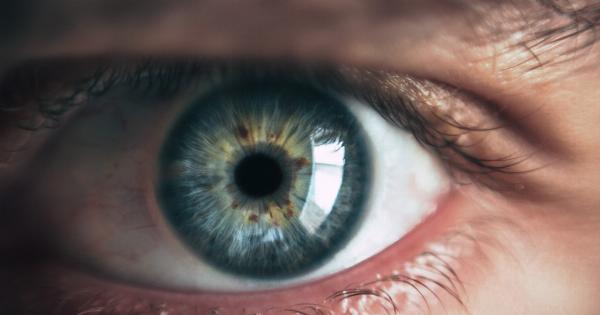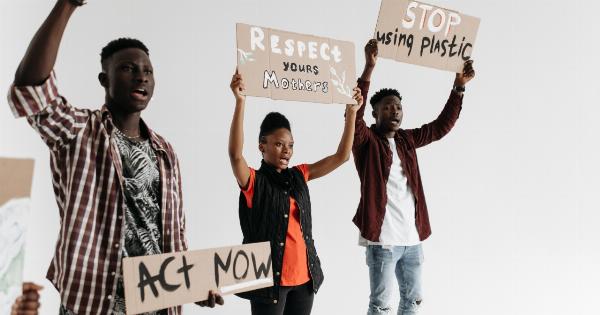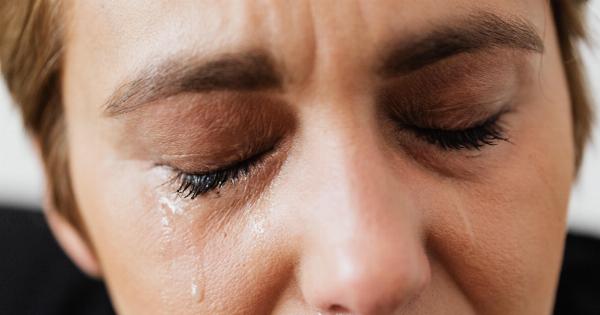Winter is a beautiful season, filled with snowflakes and festivities. However, it also brings some unique challenges, especially when it comes to protecting our children’s eyes.
While most parents are diligent about applying sunscreen to their little ones during summer, the importance of sunglasses in winter often goes unnoticed. The truth is, snowblindness is a real threat during the winter months, and children are particularly vulnerable to its effects.
In this article, we will explore what snowblindness is, its symptoms, and why it is crucial for children to wear sunglasses in winter.
What is Snowblindness?
Snowblindness, also known as photokeratitis, is a temporary condition that occurs when the eyes are exposed to intense ultraviolet (UV) rays reflected off snow or ice.
It is essentially a sunburn on the surface of the eye, specifically the cornea and conjunctiva. Just like our skin can get sunburned, our eyes can also experience the harmful effects of UV rays.
Symptoms of Snowblindness
The symptoms of snowblindness can vary in severity, but they typically include:.
- Eye redness
- Blurred vision
- Watery eyes
- Grittiness or a sensation of having something in the eye
- Sensitivity to light
- Headaches
It is important to note that the symptoms may not appear immediately after exposure but can develop several hours later.
Often referred to as “welder’s flash,” snowblindness is similar to the burning sensation experienced after looking at a bright arc or flame without proper eye protection.
Why Are Children More Vulnerable?
Children are more susceptible to snowblindness due to several factors:.
- Increased lens transparency: Children have clearer lenses compared to adults, which means more UV rays can reach the sensitive tissues at the back of their eyes.
- Longer outdoor playtime: Kids tend to spend more time outside playing in the snow, increasing their exposure to UV rays reflected by the snow’s surface.
- Less developed natural protection: The natural protection mechanisms of a child’s eyes, such as the tear film and the pigmentation in the eye, are not fully developed, leaving them more vulnerable to UV damage.
The Importance of Sunglasses in Winter
While it may not be intuitive to associate sunglasses with winter, they are an essential accessory to protect your child’s eyes. By wearing sunglasses specifically designed to block UV rays, you can significantly reduce the risk of snowblindness.
Here’s why sunglasses are crucial in winter:.
1. UV Ray Protection
Sunglasses with 100% UV protection shield the eyes from harmful UV rays. They act as a barrier, preventing the UV radiation from reaching the delicate tissues of the eyes and causing snowblindness or other long-term damage.
2. Glare Reduction
Winter landscapes, especially snowy ones, are highly reflective surfaces that can produce intense glare. This glare can be uncomfortable and decrease visibility, making children more prone to accidents.
Sunglasses help to reduce glare, improving their visual comfort and safety.
3. Prevent Photokeratitis
Wearing sunglasses in winter significantly reduces the risk of developing photokeratitis, or snowblindness.
By blocking the harmful UV rays reflected by snow, sunglasses provide a protective barrier to keep the eyes safe and comfortable during outdoor activities.
4. Long-Term Eye Health
Protecting your child’s eyes from sun damage in winter can have long-term benefits for their eye health.
Prolonged exposure to UV rays can contribute to various eye problems, such as cataracts, macular degeneration, and even certain types of eye cancer. By instilling the habit of wearing sunglasses from a young age, you are setting them up for a healthier future.
Choosing the Right Sunglasses
While any pair of sunglasses may provide some degree of protection, it is crucial to select sunglasses specifically designed for UV ray protection. Here are some factors to consider when choosing sunglasses for your child:.
- 100% UV Protection: Look for sunglasses that offer 100% UVA and UVB protection.
- Wraparound Styles: Opt for sunglasses with wraparound frames that provide better coverage and minimize the amount of UV rays entering from the sides.
- Polarized Lenses: Consider sunglasses with polarized lenses to reduce glare and improve visual comfort.
- Durable and Child-Friendly: Choose sunglasses with shatter-resistant lenses and durable frames suitable for active children.
- Proper Fit: Ensure the sunglasses fit well on your child’s face and do not slide down or pinch their nose.
Encouraging Children to Wear Sunglasses
Getting children to wear sunglasses may not always be an easy task, but with a few strategies, you can make it a habit:.
- Lead by Example: Let your children see you wearing sunglasses when you are outside, emphasizing that it is essential for eye protection.
- Make It Fun: Allow your child to choose their own sunglasses, picking a design or color they love. This will increase their enthusiasm for wearing them.
- Explain the Importance: Talk to your child about snowblindness and how sunglasses can prevent it. Use age-appropriate language to help them understand the importance of eye protection.
- Set a Routine: Incorporate wearing sunglasses into your child’s daily routine, such as before going out to play or during outdoor activities.
Conclusion
Winter brings its own set of challenges in terms of eye health, and protecting our children’s eyes should not be overlooked.
Snowblindness is a real threat, and children are particularly vulnerable to its effects due to their developing eyes and increased outdoor playtime. By wearing sunglasses designed to block UV rays, we can significantly reduce the risk of snowblindness and other sun-related eye damage.
Encouraging our children to wear sunglasses, providing them with proper UV protection, and educating them on the importance of eye health will ensure their vision remains optimal for years to come.
